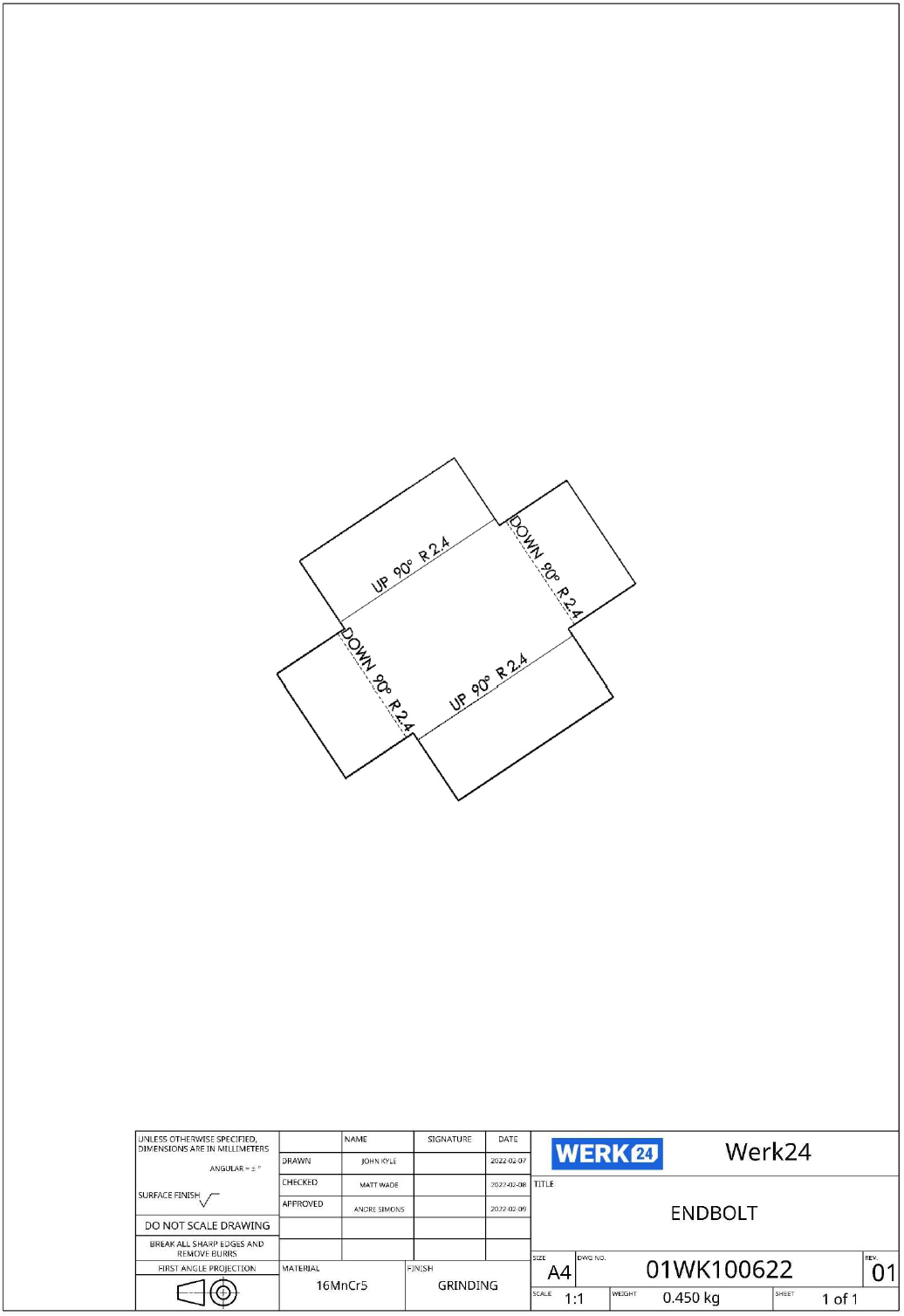Bends: Understand Sheet Metal Parts better
Bend is a sheet metal part parameter that refers to the metal being shaped using various bending operations. Bends are accomplished by forming metal between dies, changing from flat stock to a desired contour. Technical drawings contain detailed explanation of all the bends required on a sheet metal part.
Ignoring the bends causes the omission of the most functional parts and a significant rise in cost.
The bend parameter indicates the transformation details of a flat part into a desired anglular contour. The bends on the technical drawing can be depicted with leader lines and specific notes. The drawing may also include centerlines for bend lines, together with text or an arrow showing the direction of the bend.
Bend instructions on the drawings explain the bend parameters.
Bend Instructions
Bend instructions generally are placed in a note next to the bend line on the drawing. The instructions typically specify the number of degrees of the bend and bend direction from the principal plane. The principal plane is the surface from which the bend is formed.
Bend instructions can have a variety of formats, but they commonly specify the bend direction, bend angle, and bend radius. Here's an example:
UP90°R20
The explanation is simple: Bend upwards with a bend angle of 90° and bend radius of 20.
A technical drawing example with Bends is given below:
Bend Terms
Bend Transition
Bend transition is the change that occurs between adjacent surfaces at a bend when one surface's edge extends beyond the edge of the other surface. To provide manufacturability, bending across complex shapes is essential.
Bend Facets
Bend facets refer to a series of flat triangular planes that generate curves when transitioning from a corner to a radius or circle. It may be necessary for the change in shape.
Bend Relief
Bend relief is just two small cuts made in a piece of sheet metal to free up the metal between them. They are typically added to a sheet metal part to relieve stress or to prevent tearing when a piece of the material is bent.


